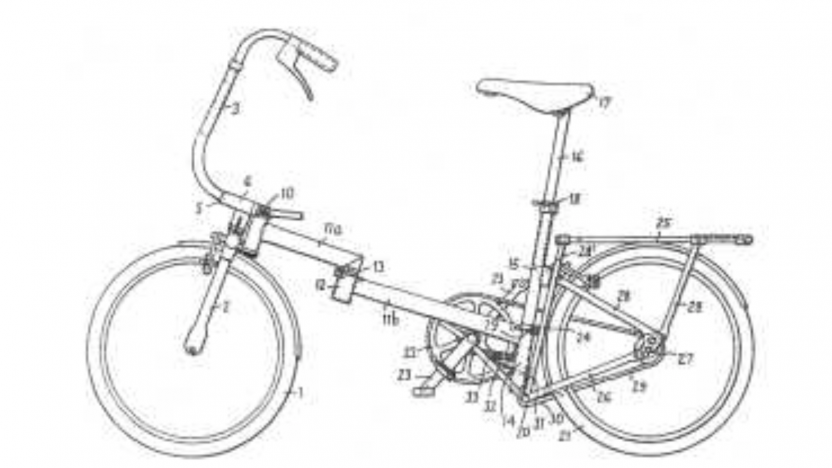Functional shapes and copyright law

In Brompton Bicycles, the Court of Justice of the EU (CJEU) ruled that products that are shaped in such a way as to obtain a technical result are eligible for copyright protection. Casper Hemelrijk outlines the implications.
Given designing and launching any new product generally comes with significant costs, it’s natural to want to obtain protection for the longest possible period of time. Whereas patents offer a protection period of 20 years, copyright law offers protection for at least 70 years. With its ‘Brompton ruling’, the CJEU has decided that products whose shape is determined by the technical result are eligible for copyright protection.
The folding bike: Innovation or technical constraint?
Brompton, a British manufacturer of folding bicycles, designed and retails a folding bicycle that features three different positions: a folded position, an unfolded position and a stand-by position enabling the bicycle to stay balanced on the ground. Its inventor, Andrew Ritchie, protected the modular design as a patent in the 1970s (see illustration above), but patent protection has since expired.
Korean company Get2Get produces the ‘Chedech bicycle’, which is visually highly similar to the Brompton bicycle, and which also folds in the same three positions. It sought to defend itself against Brompton’s claim of copyright infringement by arguing that copyright protection does not apply to designs where the shape is ‘exclusively dictated’ by the technical function.
Does copyright protection apply?
To be eligible for copyright protection, a ‘work’ must, among other things:
- be capable of being regarded as original; and
- be expressed with sufficient precision and objectivity.
A work can be considered original when it is an expression of the free and creative choices of its creator. However, a work’s realisation has been dictated by technical considerations, rules or constraints, it may leave no room for free and creative choices. In such cases, the originality requirement has not been fulfilled, and the product does not constitute a copyright-protected work.
Did Brompton make free and creative choices?
The shape of the Brompton bicycle is determined by its technical function to a certain extent, as the folding positions impose certain technical constraints within which the designer had to work. In its case against Get2Get, however, Brompton sought to argue that it had fulfilled the originality requirement as it did make free and creative choices in the design process. In particular, it argued that the three positions could be obtained by shapes other than those used by the Brompton bicycle.
In its June ruling, the CJEU agreed with this argument, and held that copyright protection is available to products whose shape is, at least in a part, necessary to obtain a technical result, so long as the requirements to create an original work are fulfilled. This is not possible when the shape is solely determined by the technical function, given that it leaves no space for creative choices. It is now up to the referring national court to verify whether Get2Get actually had enough alternatives in making free and creative choices, although this must feel like a win for Brompton bicycles.
Casper Hemelrijk is a Junior Associate in Novagraaf’s Amsterdam office.